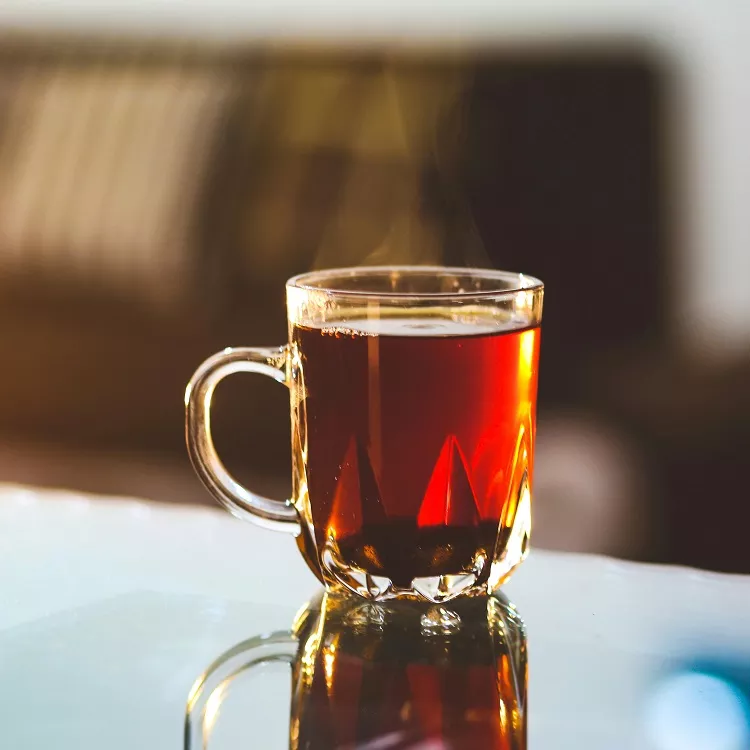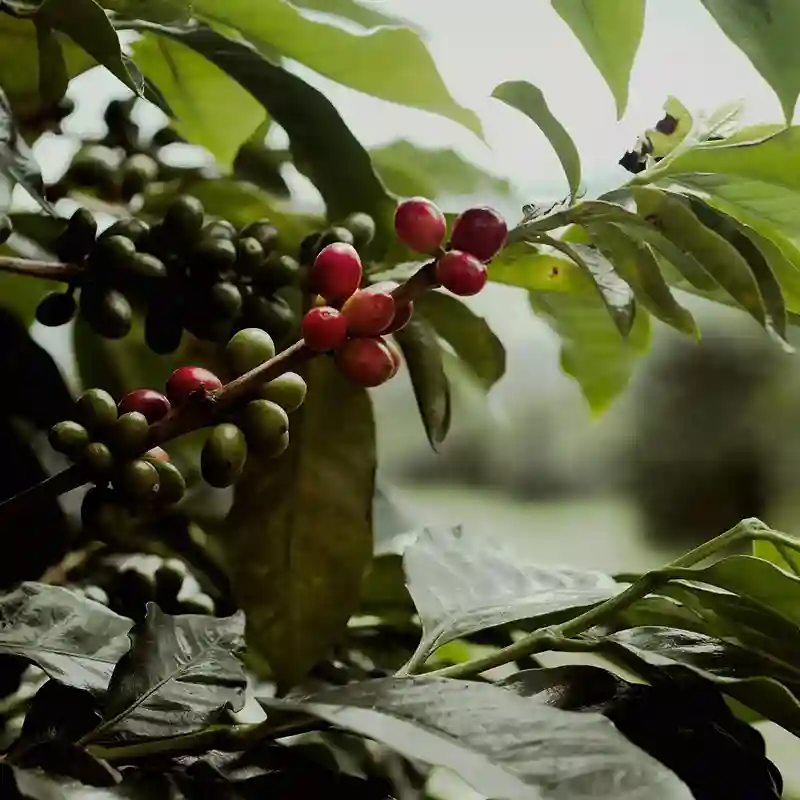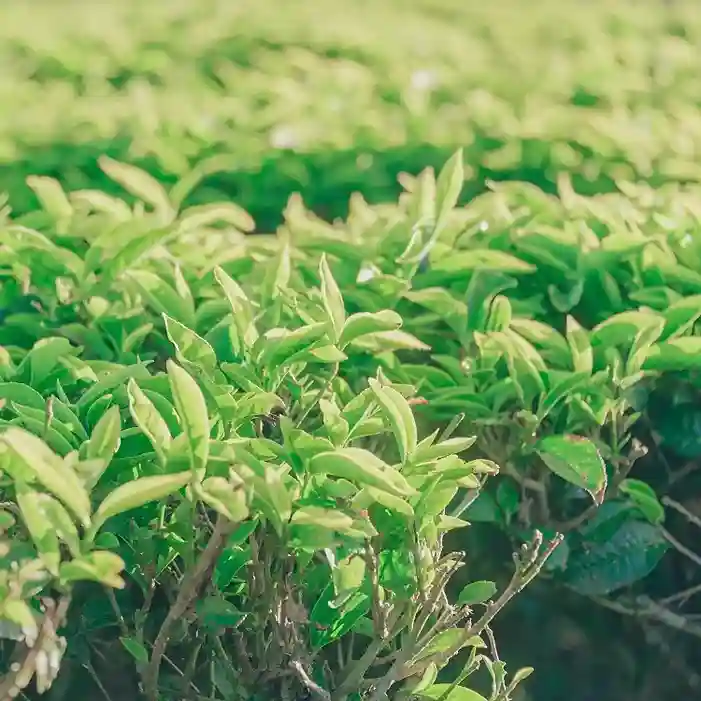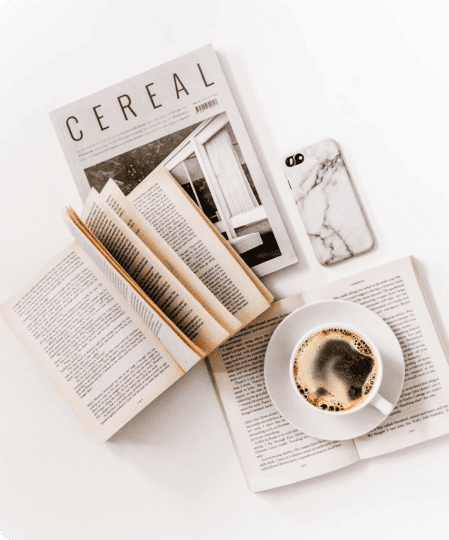What is an immersion funnel and its advantages
In a fast-paced world, an immersion funnel allows you to focus on the aroma and flavor of your coffee. Brewing coffee in an immersion funnel combines precision and simplicity. The coffee grinds are completely immersed in water, which ensures full contact and long-lasting extraction of flavor compounds. Unlike pour-over methods, the immersion funnel produces a rich, mild beverage with balanced acidity and a pronounced body. This brewing method is easy to reproduce, does not require complex skills and avoids the consequences of small mistakes.
Immersion means stability, purity and depth of flavor. It is a method of preparation available for any level of experience that helps to fully experience the aroma of coffee.
Equipment and ingredients required for the immersion method
To make high-quality coffee in an immersion funnel, you need the right equipment and fresh ingredients.
The immersion cone can be made of different materials: ceramic or plastic. The type of material affects the heat retention and flavor.
For an immersion funnel, it is very important to choose the right filter: too fine will lead to loss of structure, and too coarse will make it difficult to flow.
Accurate weighing helps to maintain the balance of ingredients, and having a coffee grinder at home allows you to adjust the grind to suit the type of bean.
The temperature is conveniently controlled using a kettle with a built-in thermometer.
The most important thing is freshly roasted high-quality beans, because it is this grain that shapes the aroma and taste of the drink.

Selecting and preparing coffee beans
Coffee beans are the basis of the drink’s character. For the immersion method of coffee preparation, it is better to choose a medium or light roast degree to ensure that the bouquet of flavors is bright and the texture is transparent. A dark roast can muffle the nuances and make the drink heavy and overly acidic.
With fresh beans, the brewing result will be much brighter. Therefore, the beans should not be exposed to the sun for more than 1 month after roasting. During this period, the beans retain the level of CO₂ required for extraction. It is best to store the beans in an airtight, opaque container, away from light, moisture, and heat sources.
Degree of grinding
The optimal grind for an immersion funnel is medium to medium-coarse. Too fine grinds will retain water during brewing and make the flavor oversaturated, while too coarse grinds will not allow the drink to be saturated and will be watery. Uniformity of grinding is also important: uneven grinds lead to uneven extraction and unbalanced flavor. Grind the beans immediately before brewing coffee, because even after a few minutes, the flavor is lost. Fresh grinding is a prerequisite for a rich and balanced drink.
Correct dosage of grain and water
The right amount of coffee grinds and water determines the balance of flavor. If there is not enough grind, the drink is watery, and if there is too much grind, it is bitter. For the immersion method of brewing, the ratio of coffee beans to water varies between 1:15 and 1:17, but this is only a guideline. Dark beans require less water, while light beans require more. Accurate weighing and measuring of the water ensures a consistent result. You can then experiment by adjusting the dosage to your own preferences to make the flavor deeper or lighter.
Water temperature and its impact on flavor
Water temperature has a significant impact on the taste of coffee. In the immersion method, the liquid is in contact with the coffee all the time, so too high a temperature makes the taste harsh and bitter, while too low leaves the drink raw. The desired range is 91-94°C, but this factor depends on the roast and the properties of the bean. It is not necessary to control the temperature using electronics. It is enough to wait a few seconds after boiling until the water no longer escapes with steam, but only breathes quietly. To be sure, you can use a thermometer at the start, but over time, you get the feeling that everything is clear without numbers.
Technique for distributing coffee grinds in the filter
Before preparation, it is important to properly prepare the immersion funnel. Put the filter in, level it, rinse it with hot water to get rid of the paper taste and warm the funnel. Distribute the coffee evenly, without compaction, by lightly tapping. Sometimes a small indentation is made in the center: this contributes to better water penetration and even extraction. Taking such details into account when working with the immersion funnel ensures a clean and balanced taste, laying the foundation for high-quality brewing.
Step-by-step cooking process
In preparation for brewing, you should choose the right beans, fresh and of the right grind, and make sure the tools are clean. The water infusion should be smooth and controlled to avoid uneven extraction. The brewing time should be closely monitored, as it affects the richness of the flavor. Stir gently to maximize the flavor of the coffee. The process should be stopped in time: if the coffee is in contact with the grounds for too long, the taste becomes overly saturated and bitter.

Professional secrets and tips
Avoiding common mistakes, such as excessively hot water, dirty utensils, or improper grinding, can have a significant impact on the quality of your drink. To improve the flavor, you should experiment with brewing time, amount of coffee, and the ratio of coffee to water. It is equally important to adapt the recipe to a specific variety, taking into account its density, roast degree, and profile. The right pouring technique helps to bring out the unique flavors and achieve balance in the cup.
Factors affecting the taste of the finished beverage
The taste of coffee is determined not only by the type of bean, but also by its freshness. Water, its mineralization and the degree of heating are the foundation. The grind determines how much flavor it will have time to absorb during brewing. Actually, the brewing time is also important: seconds can make a drink bitter or empty. And the pouring and stirring technique affects the depth of flavor.
Recommendations for filing and storage
The optimal temperature for serving coffee is around 60-70 °C. To keep the drink aromatic and tasty for longer, preheat the dishes in advance to help them retain their flavor and aroma notes. Re-heated coffee loses its character and turns into a colorless infusion without a distinct aroma or depth of flavor. Follow these simple guidelines and enjoy the pure and balanced flavor of aromatic coffee.







